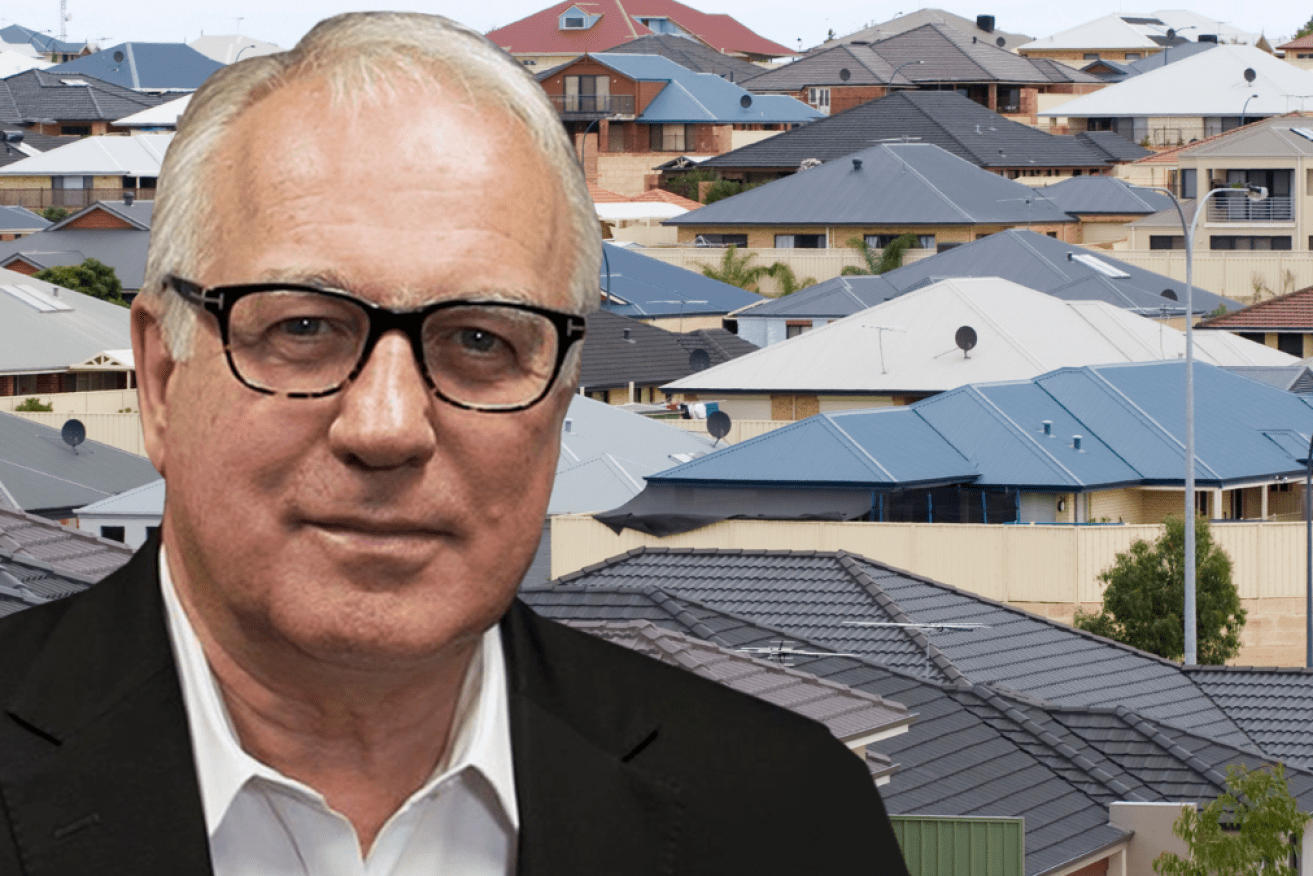Alan Kohler: Gulf between housing construction and immigration just gets wider


Australia must change its approach to housing construction, writes Alan Kohler. Photo: TND/Getty
In the year to March, Australia’s population increased by 563,200 and 171,721 houses and apartments were built.
The population growth consisted of net overseas migration of 454,400 and a natural increase of 108,900 (301,000 births minus 192,400 deaths).
The trouble with using births in the context of housing, it seems to me, is that they’re all babies, and don’t need places of their own yet. A better idea might be to use births in the year to March 2000, because they’re probably leaving home now and therefore adding to this year’s demand for housing.
In that year there were 250,700 births. Also, a lot of deaths don’t actually free up a house because someone is left behind in the same house. So – subtract half the deaths?
Therefore a better number for the impact on housing of births and deaths in the year to March might be about 200,000 – births 23 years ago, minus half of last year’s deaths. Although let’s face it, that’s a pure guess.
If that’s right, a net 654,400 extra bodies were looking for a place to live in Australia in the year to March (200,000 plus 454,400). Let’s round it down to 600,000, since my births and deaths calculation is pretty rubbery.
The average number of people per house in Australia is 2.4. Using that ratio those people need 250,000 places to live.
So the total dwelling completions of 171,721 houses and units represents a shortfall of close to 80,000.
Getting worse
But it’s getting worse. Net migration in the March quarter, the most recent for which data is available (it apparently takes six months to work it out) was 152,200. Add the 50,000 or so people born in the same quarter 25 years ago and who are now leaving home or getting married, subtract half the deaths, and divide by 2.4, and housing demand in that quarter would have been about 80,000.
Yet housing completions actually fell to 38,175, a quarterly shortfall of more than 40,000. If those March quarter numbers for demand and supply kept up for 12 months, the national housing shortfall for the year would be about 160,000.
And if the more recent, less reliable, monthly arrivals and departures stats from ABS are to be believed, it’s getting even worse.
In July there were 122,690 permanent and long-term arrivals and 49,920 departures – net 72,770. That’s about 100 extra people per hour, 24 hours a day.
If that kept up for 12 months it would result in an extra 873,240 people looking for about 363,000 places to live at 2.4 per house, when we’re only managing to build less than 13,000 per month at the moment, or 156,000 a year.
A big problem
Without wishing to be too dramatic, if those 200,000 or so hypothetical migrants who couldn’t be housed were gathered in one place, it would match the population of the Kakuma refugee camp in north-west Kenya, one of the largest in the world.
But of course they don’t all get put into an Australian migrant camp, they end up squeezing into hostels and spare bedrooms all over the country.
The basic problem, which becomes crystal clear when you examine the statistics in detail, is that the capacity of the Australian construction industry is insufficient for the current level of population growth, which is needed to fill labour shortages.

Alan Kohler has labelled Albanese’s plan to pay states $15,000 per new home construction that exceeds their target as a ‘bribe’. Photo: TND/Getty
What is its capacity? Well, we simply don’t know because capacity of the industry to build houses and apartment blocks is buried beneath the dark activities of councils and developers.
Councils range from incompetent nightmare to OK.
A (very) small developer who is trying to get up a simple, 24-lot subdivision on Brisbane’s southside wrote to me recently: “18 months on and still no [development approval] DA. The Logan City Council have been stunningly hard to get anything done with.”
He went on to colourfully describe the council’s activities, but it’s definitely not an isolated example of the difficulties in getting development plans approved. Will the Albanese government’s $15,000 per lot bribe make any difference? I doubt it.
Developers like a ‘cartel’
Separately the large developers appear to be a cartel, or at least are behaving like one.
Prosper Australia recently published a study of 25,000 sales in nine subdivisions and found that after 9.5 years of production time, the developers still held 76.7 per cent of their land bank vacant across all forms of permitted housing.
That is, even when councils accidentally approve something the developers hold it back to limit supply and maintain prices. It’s exactly what Saudi Arabia and Russia are doing in the oil market at the moment.
The ACCC needs to get involved in land development and bust the cartel.
Alternatively, or as well, the government should use taxation to make it much more expensive for developers to hold land, because at the moment the equation favours paying the holding costs to push up sale prices.
Failing aspirations
More fundamentally, population growth needs to be matched with dwellings.
National cabinet’s aspiration of 1.2 million dwellings over five years, supported by $15,000 bribes (capped at 200,000) is about the same as housing completions in the five years before the pandemic, so not very aspirational at all.
And the aspiration is that they be “well located”, which means not too far from a station, doctor, dentist and some shops, and that is definitely not what’s happening with new housing estates.
Good luck getting councils to agree to 1.2 million extra dwellings near existing infrastructure.
In any case with the current rate of immigration and natural increase, it’s going to be about half the number of houses that will be needed, and we’re starting with a shortfall of 80,000.
Alan Kohler writes twice a week for The New Daily. He is finance presenter on ABC News and founder of Eureka Report








